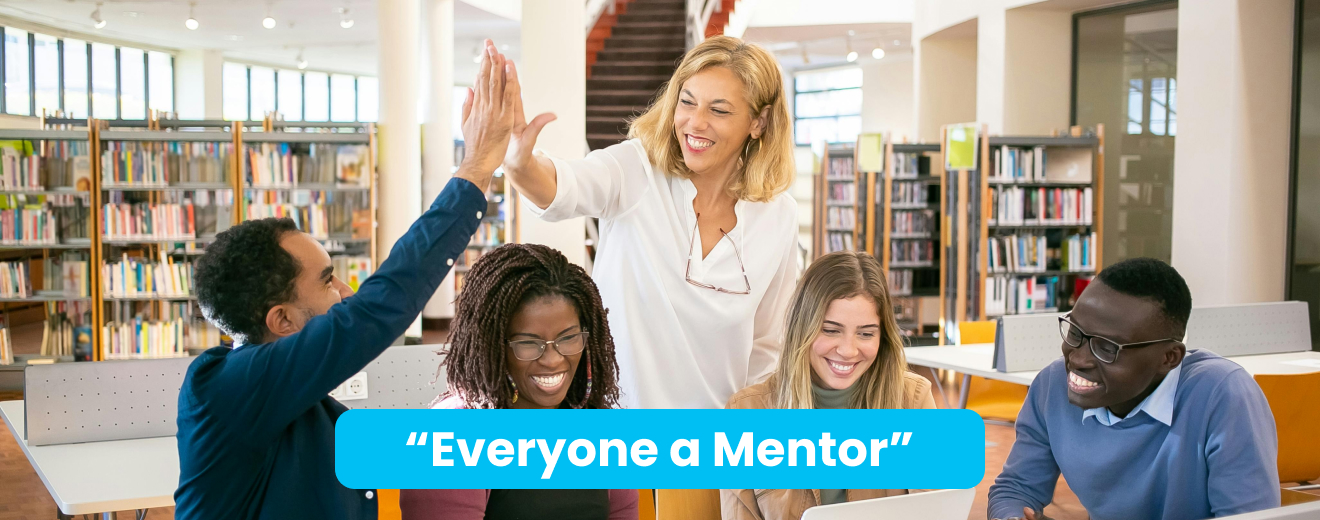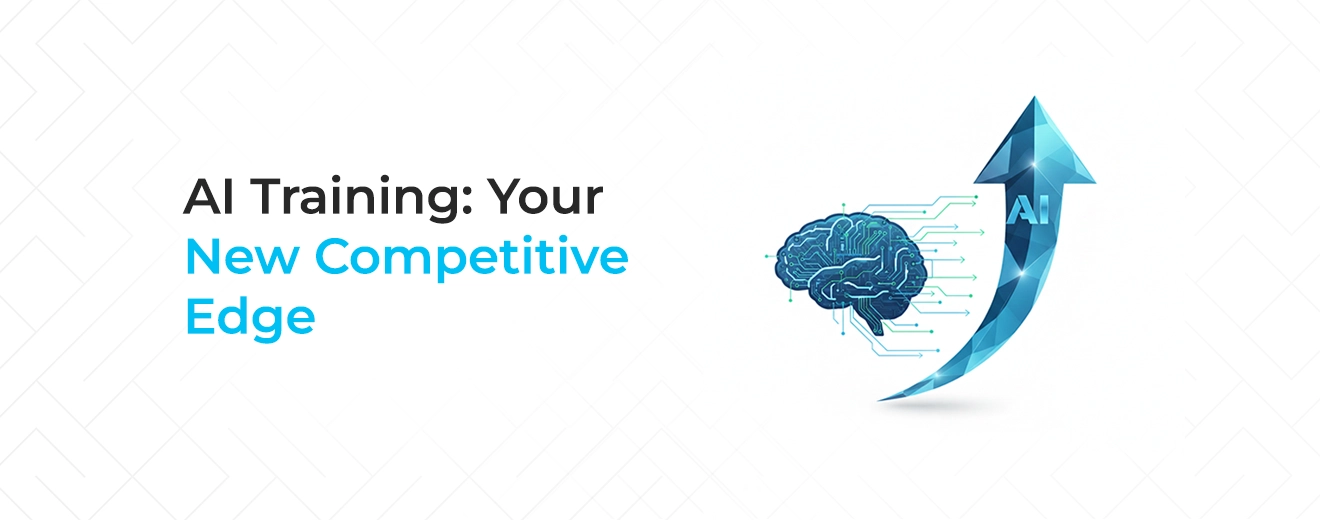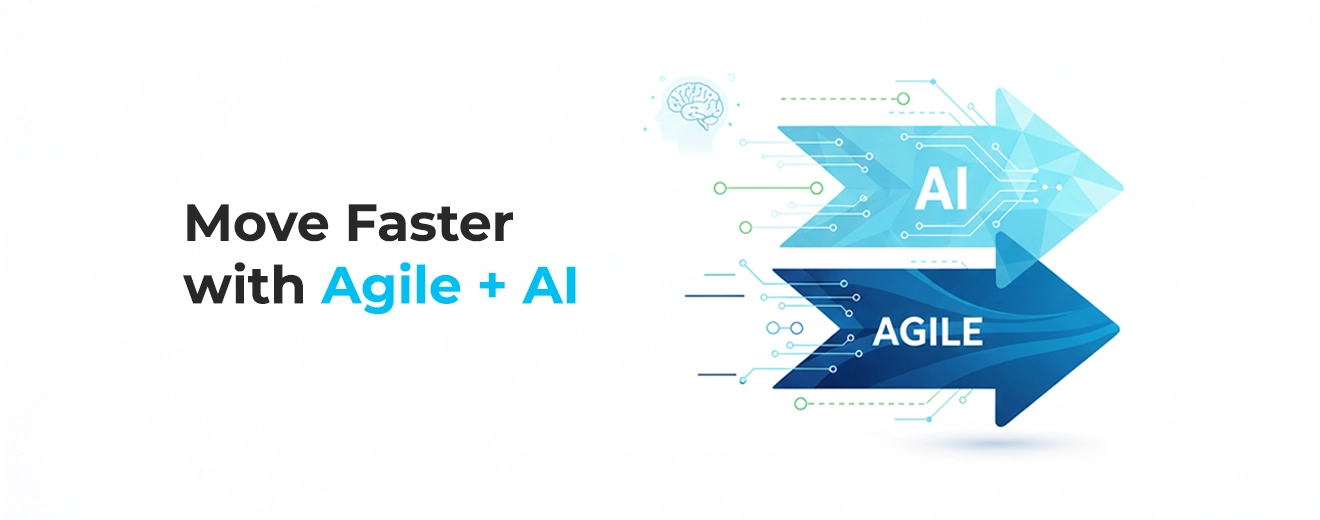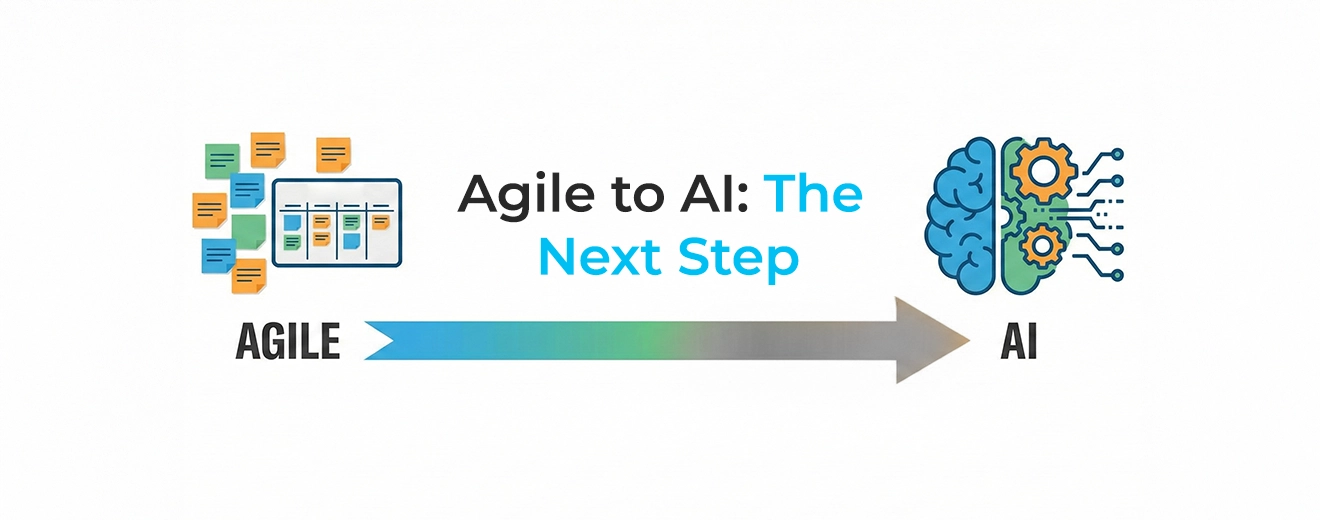
Here is something I learned from the teams I currently work with in Singapore and Indonesia: In effective learning organizations, the most powerful enablers of growth aren’t programs, systems, or certifications — they’re people. People who lead by example. People who tell meaningful stories. People who ask questions that open doors. People who mentor.
Mentoring isn’t a job title or a seniority perk. It’s a living practice — a way of being — rooted in intellectual humility, generative dialogue, and the deep belief that growth happens through connection.
The Heartbeat of a Learning Organization
The late Ikujiro Nonaka once described the learning organization as a place where knowledge flows like breath — natural, constant, and essential. In his SECI model (Socialization, Externalization, Combination, Internalization), Nonaka showed us that learning doesn’t just happen — it’s created through shared experience and human interaction.
In this cycle, one role often overlooked — but increasingly critical — is that of the mentor: the person who helps others translate knowledge into meaning, and experiments into wisdom.
Mentors play the vital role of rehumanizing the learning experience. They don’t just “know stuff.” They’ve lived it. And more importantly, they’re willing to share their story with humility and care.
What Makes a Mentor?
A mentor doesn’t instruct. A mentor models. Through their actions, presence, and compassion, mentors offer a living example of how to navigate challenges, adapt to change, and keep growing.
A great mentor is someone who:
- Embodies intellectual humility: They don’t claim to know everything. Instead, they make curiosity visible and safe.
- Practices compassionate guidance: They challenge supportively, knowing when to step in and when to step back.
- Tells meaningful stories: Not to impress, but to illuminate — helping others make sense of their own journeys.
- Asks generative questions: The kind that spark reflection, not just answers. Questions that lead mentees inward, not outward.
In essence, a mentor is someone who listens with presence, speaks from experience, and invites others to think for themselves. They create a space where it’s safe to try, fail, learn, and evolve.
Shu-Ha-Ri: The Natural Rhythm of Mentoring
Traditional Japanese arts teach us a developmental pattern: Shu-Ha-Ri.
- Shu (Follow): The mentee imitates the mentor’s example.
- Ha (Break): The mentee begins to diverge, practicing with guidance.
- Ri (Transcend): The mentee develops independence, finding their own unique expression.
In this rhythm, the mentor’s role shifts — not with authority, but with attunement. Just like an Aikido master would initiate and help a student build their martial artistry, or like a parent guiding a child into adulthood, mentors adapt their support as the mentee grows, gradually stepping back while remaining present.
It’s a cycle of growth through relationships, not instruction.
The Mentor-Mentee Bond: A Two-Way Thread
We often picture mentoring as a one-way street — wisdom flowing from the experienced to the learner. But this is a myth.
In reality, mentoring is mutual identity work. As psychologist Alfred Adler and social constructivists like Lev Vygotsky showed us, we shape ourselves through the relationships we’re part of. Both mentor and mentee evolve — challenged, inspired, and deepened by the encounter.
In a healthy learning culture, mentorship strengthens community bonds. It becomes the weave of a strong organizational fabric.

AI: A New Companion with Real Limits
Today, AI offers extraordinary potential to accelerate learning. With instant access to information, simulated feedback, and tailored content, it’s easy to see AI as a mentor in its own right.
But here’s the caution: AI lacks context, emotion, and human insight. It doesn’t know your culture. It can’t see the subtle power dynamics in your team. It doesn’t understand the unspoken stories, the systemic patterns, or the emotional landscape of your workplace.
AI can amplify knowledge — but it can’t replace wisdom. It can spark ideas — but it can’t cultivate trust. In fact, over-reliance on AI without human mentoring can lead to shallow learning and disconnected decision-making.
We must not confuse access to answers with the ability to grow. Human mentoring — with all its nuance, subjectivity, and shared imperfection — remains irreplaceable.
" We must not confuse access to answers with the ability to grow. "
Everyone a Mentor
The most powerful mentoring cultures are those where mentorship isn’t limited to senior leaders or formal roles. Everyone can mentor — as long as they bring lived experience, a spirit of service, and a willingness to walk with someone else for a while.
When translating that into a software product development environments:
- A product owner might mentor a designer on stakeholder communication.
- A newcomer might mentor a veteran on navigating ambiguity.
- A junior engineer might mentor another engineer (even senior) on emerging niche technology.
Mentorship becomes the air people breathe — a daily, informal, and deeply human way of learning together.
Mentoring vs. Coaching: What’s the Difference
Both are practices that require similar skills to an extent, like making connections, active listening, asking powerful questions, unlocking potential and more. But there are distinct elements of difference: (not) being an inherent inseparable part of the system, and the (non-)directiveness of the practice.
Mentoring is experience-based guidance. Coaching is process-based facilitation.
- A mentor offers lived experience as a compass, as an inherent part of the system — they tell stories, model behaviors, show the ropes and share wisdom drawn from climbing a similar mountain. Their value lies in their subjective insight, and they shape learning through trust, humility, and relational depth. Think of the mentor as someone who says:
“This is how I’ve handled something like this — what might that mean for you?” - A coach, on the other hand, often has no prior experience in the mentee’s specific domain, making them unbiased to the context. Their strength lies in asking structured, open-ended questions that help the other person reflect, clarify goals, and uncover their own solutions. A coach operates in a more neutral, non-directive stance, saying things like:
“What’s really important to you here, now? What then is your best next step?”
Putting It Simply:
A mentor walks beside you because they’ve been there.
A coach holds space for you to help discover your own path.
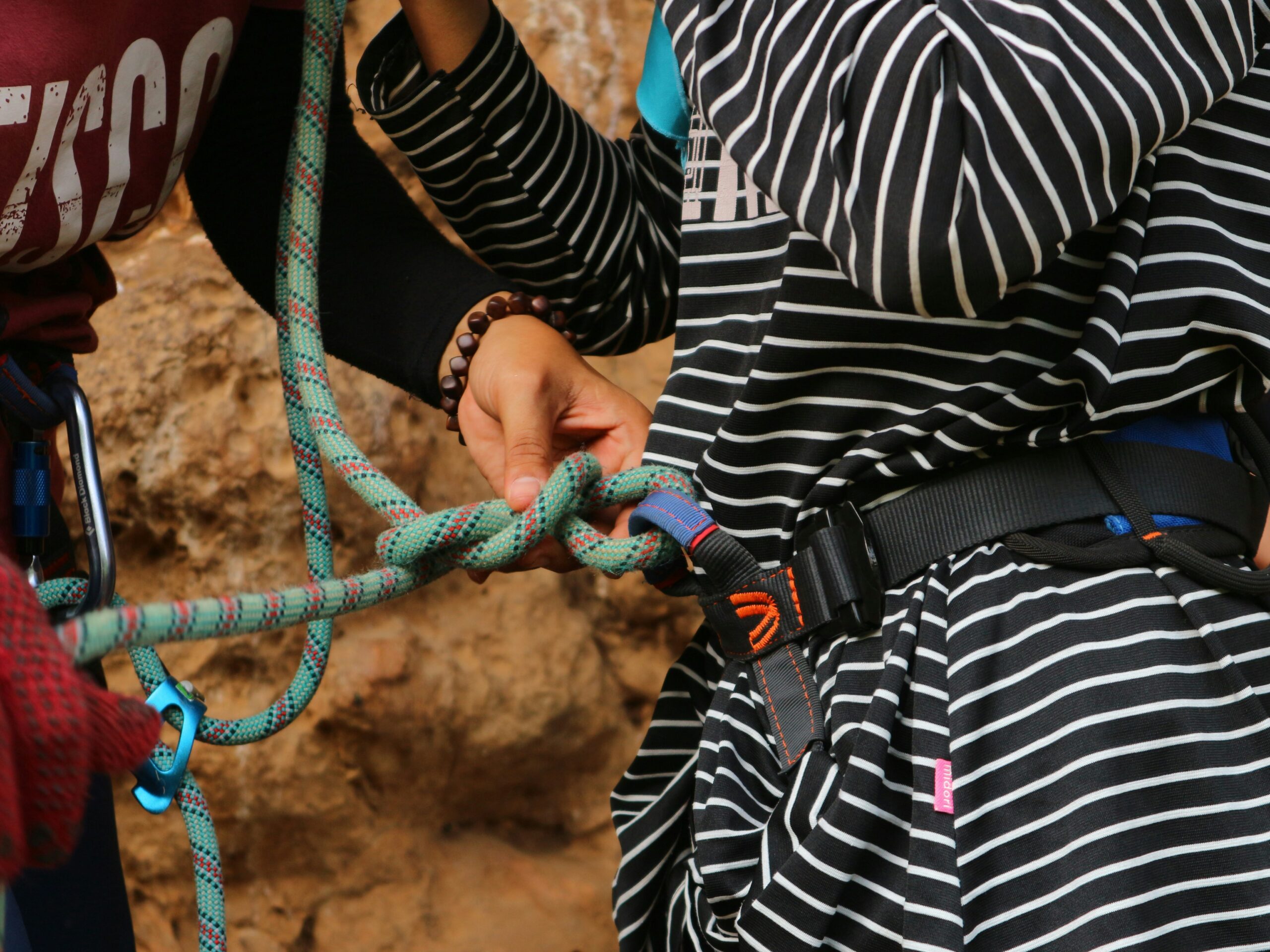
Where coaching is about holding space for discovery, mentoring is about illuminating the path through personal wisdom — not to prescribe, but to inspire.
The best mentors don’t carry others up the mountain; they walk beside them, pointing out how the terrain shifts with each step.
“ Mentorship isn’t about pulling others up — it’s about showing the ropes so they can climb higher on their own. ”
Final Thought: Mentoring as Culture, Not Program
At Ekipa Consultancy, we believe mentoring is one of the most powerful levers for organizational transformation. It doesn’t require budgets or frameworks. It requires intention. Presence. Storytelling. Curiosity. Compassion.
If you’re building a learning organization — or aspiring to — let mentoring become the heartbeat of your culture. Make it a practice, not a process. Invite people to share, listen, reflect, and grow — together.
Because in the end, mentoring is not just how we pass on knowledge — it’s how we become more human at work.
" Mentoring is not just how we pass on knowledge — it’s how we become more human at work. "
Further reading
- I.Nonaka and H.Takeuchi: The Knowledge-Creating Company (1995).
- F.Laleman: Resourceful Exformation (2020)

.png)
